Nicolas Alary
TPF Noob!
- Joined
- Oct 31, 2007
- Messages
- 34
- Reaction score
- 0
- Location
- Paris
- Website
- www.flickr.com
- Can others edit my Photos
- Photos NOT OK to edit
Hi guys !
I'm really new on this forum and I'm already asking for tips ! Shame on me ! Anyway I was wondering how the Product Photographer were creating those little drops of water sliding on the side of fresh can and bottles ? Is it simple water with special technic or a special product looking like water but working better with this kind of pictures ? Is it post processed on photoshop ?
Thanks for bringing your lights on this !
Nicolas
I'm really new on this forum and I'm already asking for tips ! Shame on me ! Anyway I was wondering how the Product Photographer were creating those little drops of water sliding on the side of fresh can and bottles ? Is it simple water with special technic or a special product looking like water but working better with this kind of pictures ? Is it post processed on photoshop ?
Thanks for bringing your lights on this !
Nicolas



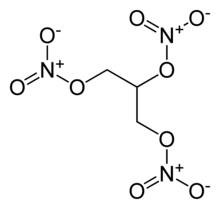
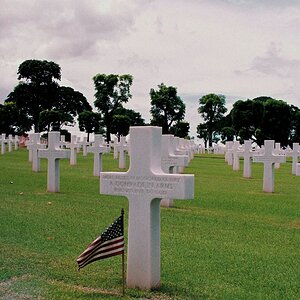
![[No title]](/data/xfmg/thumbnail/31/31747-2e2e2bda16938a6a1d5fd6120c558293.jpg?1619734987)
![[No title]](/data/xfmg/thumbnail/39/39289-c5ea6a611707fdd5786347f4a67d63ae.jpg?1619738957)
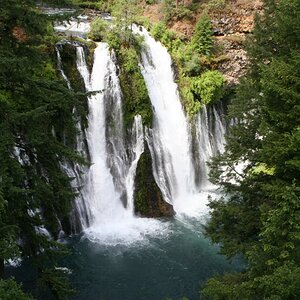
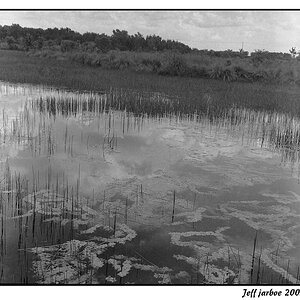
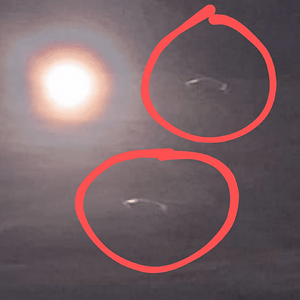
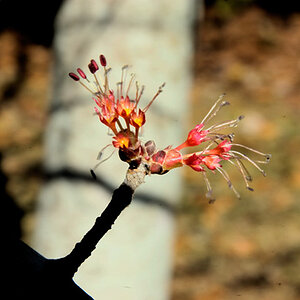
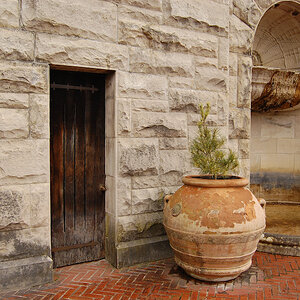
![[No title]](/data/xfmg/thumbnail/31/31748-63241c520f250328a5ec32959b8f53d0.jpg?1619734989)
![[No title]](/data/xfmg/thumbnail/39/39288-2d76486ccc9042c6fb525aaaaffff1fb.jpg?1619738957)
![[No title]](/data/xfmg/thumbnail/35/35948-700e0d840da0ca73727b1bd6d99b4142.jpg?1619737257)
![[No title]](/data/xfmg/thumbnail/31/31749-6cf0f99d6bdedf47f7387c5b943fb717.jpg?1619734989)